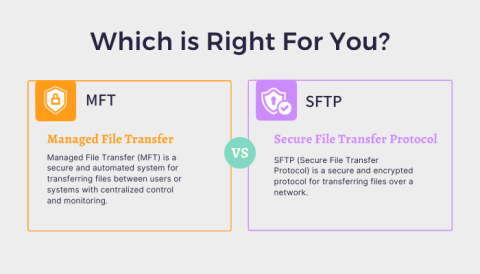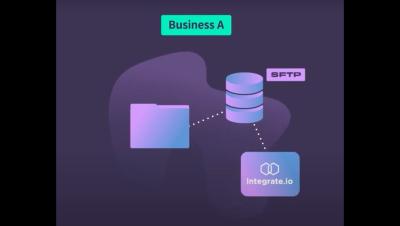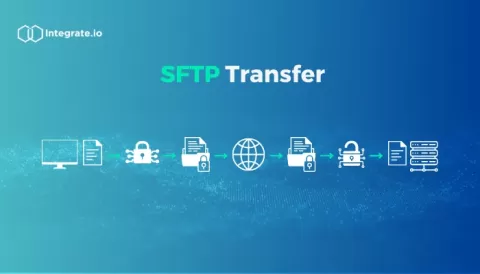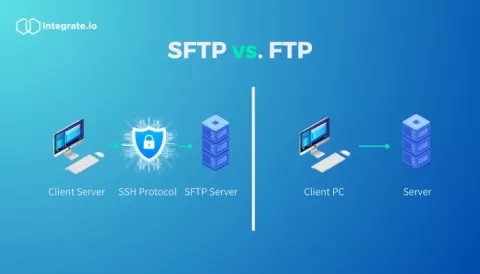Why Website Security is Important for your Business?
According to Statistics, on average 30,000 websites are being hacked daily. And this hacking can cost millions when it comes to loss of data, confidentiality, customer base, and brand reputation. Imagine if large-scale businesses face a loss of millions, how much the small businesses will have to suffer. That’s why it is important to not only create and sustain your existence in the digital space but also to protect your presence.











